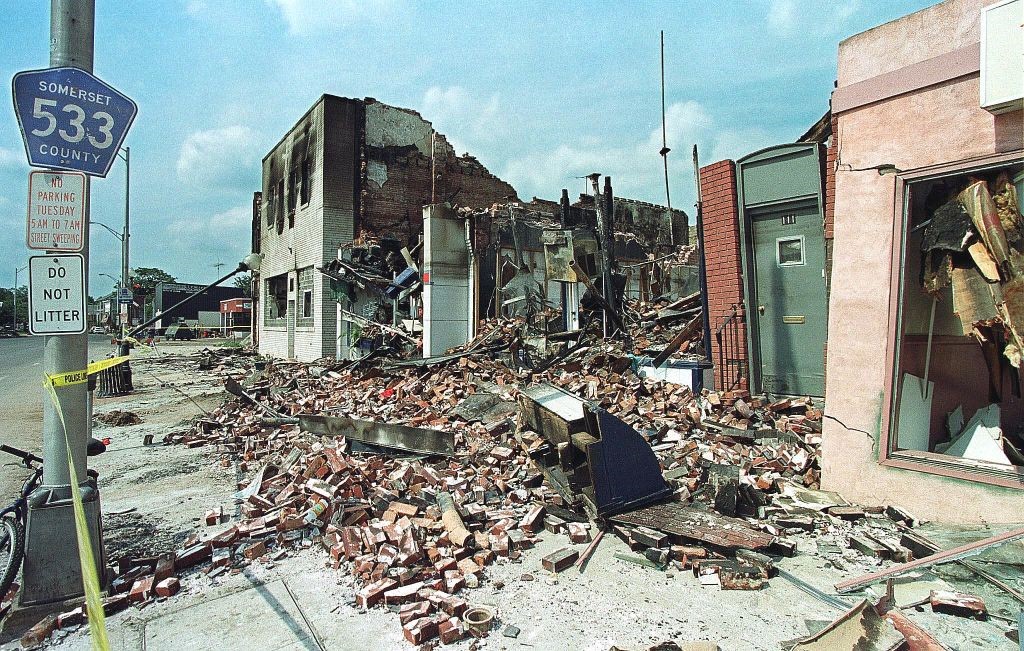August 4, 2020
DEP : It’s 1999, Here Comes the Rain Again – Courtesy of Hurricane Floyd

In a post some years ago on chicagotribune.com, he wrote: Tropical cyclones in the Atlantic Basin are most numerous during late summer and early autumn because that is the time of year when the two most important ingredients needed for their formation — warm ocean waters (80 degrees or higher) and weak vertical wind shear (little change in wind direction and/or speed with height) — are most prevalent. This is also the season with the highest frequency of west-moving weather disturbances in the tropics that eventually develop into hurricanes. Water, with its high specific heat, is slow to warm, and the tropical oceans in the Northern Hemisphere reach their highest temperature in August and early September, many weeks after the time of strongest solar insolation.
According to the National Oceanic and Atmospheric Association, “… we’re now entering the ‘season within the season’ – a roughly eight-week period that is often the most active and dangerous time for tropical cyclone activity. From mid-August through mid-October, the activity spikes, accounting for 78 percent of the tropical storm days, 87 percent of the category 1 and 2 hurricane days (Saffir-Simpson Hurricane Wind Scale), and a whopping 96 percent of the major (category 3, 4 and 5) hurricane days.”
In describing these weather events, both Skilling and NOAA used the words “tropical cyclone,” also called a typhoon or hurricane. A tropical cyclone is defined as an intense circular storm that originates over warm tropical oceans and is characterized by low atmospheric pressure, high winds and heavy rains.
Since 1999, New Jersey has been on the receiving end of rain, wind and storm surges from more than 40 tropical storms, tropical depressions and hurricanes. The most recent was Tropical Storm Fay, which hit Atlantic City on July 10, with winds measuring more than 44 mph. Fay dropped nearly 6 inches of rain near Wildwood Crest and flooded several Shore municipalities, including Wildwood, North Wildwood, Sea Isle City and Ocean City, as well as a number of local and state roads, including portions of the New Jersey Turnpike. Four people drowned as a result of rip currents along the coast.
However, the most destructive storm ever recorded in New Jersey was Hurricane Sandy, which pounded New Jersey on Oct. 29 and 30, 2012. It came ashore as an extratropical cyclone, with hurricane-force winds, record low pressure and an incredibly powerful storm surge. The superstorm was responsible for 37 deaths and caused nearly $30 billion in damages. Sandy also caused the worst power outage in state history, blacking out more than 2 million households.
And now, a look at 1999 …
Following a year of unusually warm global temperatures, the worst drought in New Jersey in decades came to a dramatic end when the remnants of Hurricane Floyd swept up the East Coast in mid-September 1999, unleashing torrential rainfall across the state.
An average of 7 inches of rain fell in a single day in the state overall, with more than a foot recorded in the hardest-hit areas of North Jersey, and a maximum rainfall total of 14.13 inches in Little Falls. Record flooding struck North and Central Jersey hard, as rivers overflowed their banks. In Bound Brook, the Raritan River crested at a record 42.13 feet, well above the 28-foot flood stage. Within a week of the storm, water capacity in North Jersey reservoirs went from being at 11 percent below average to 11 percent above average.
The fourth hurricane of the 1999 season, Floyd struck the Bahamas as a powerful Category 4, causing heavy damage before barreling north and triggering massive evacuations up and down the Eastern Seaboard. By the time Floyd arrived in New Jersey, it had been downgraded to a tropical storm, yet still managed to cause $250 million in damages and six deaths. It was the costliest natural disaster on record in the state – until it was bypassed by the monster storms of the new millennium, Hurricane Irene in 2011 and Sandy in 2012.
###